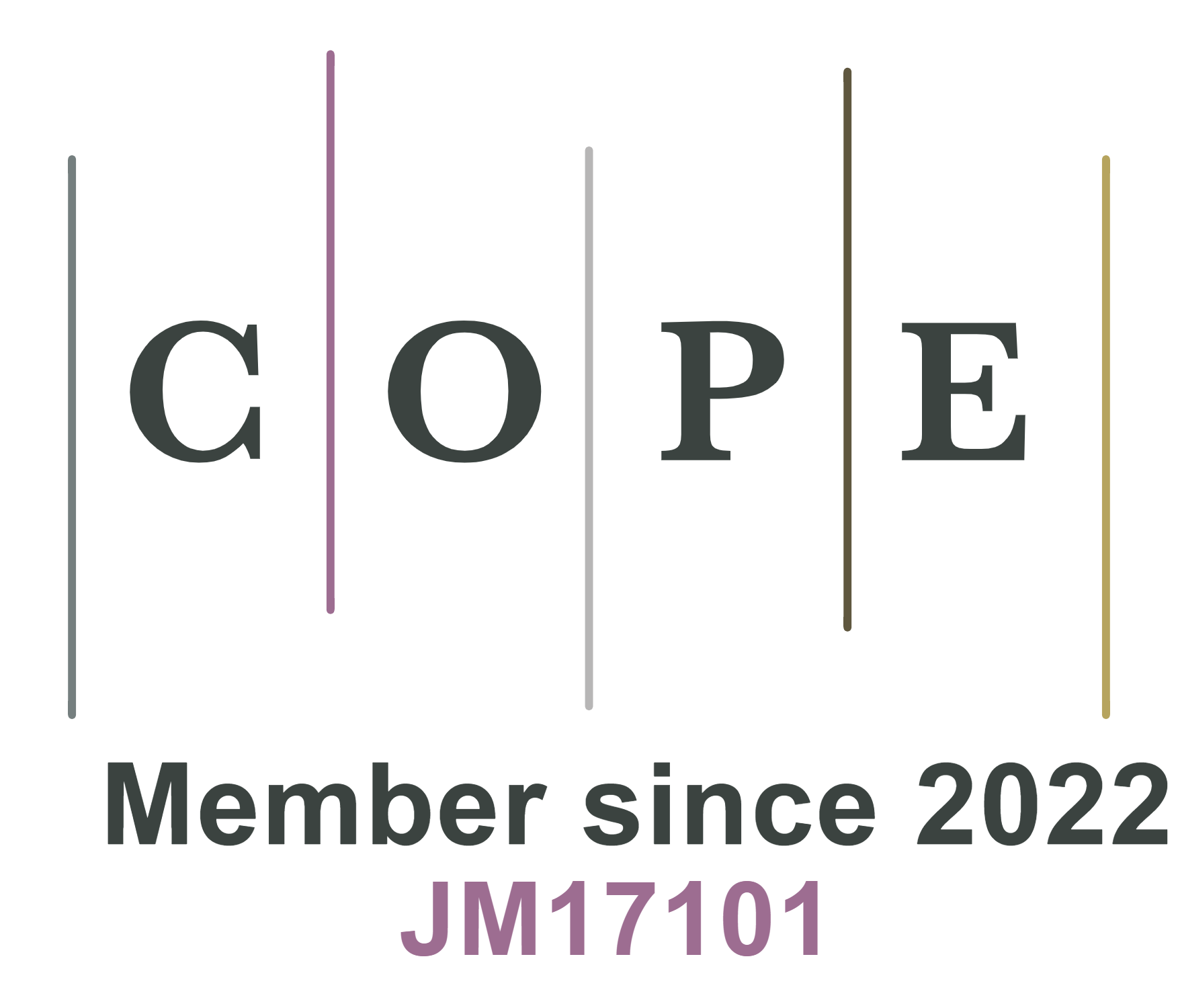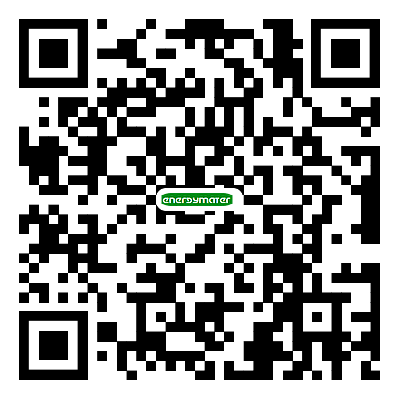REFERENCES
1. Peng, P.; Qian, H.; Liu, J.; Wang, Z.; Wei, D. Peng P, Qian H, Liu J, Wang Z, Wei D. Bioinspired ionic control for energy and information flow. Int. J. Smart. Nano. Mater. 2024, 15, 198-221.
2. Graf, M.; Lihter, M.; Unuchek, D.; et al. Light-enhanced blue energy generation using MoS2 nanopores. Joule 2019, 3, 1549-64.
3. Tsutsui, M.; Hsu, W. L.; Garoli, D.; et al. Gate-all-around nanopore osmotic power generators. ACS. Nano. 2024, 18, 15046-54.
4. Liu, P.; Kong, X. Y.; Jiang, L.; Wen, L. Ion transport in nanofluidics under external fields. Chem. Soc. Rev. 2024, 53, 2972-3001.
5. Liu, P.; Gao, X.; Zhang, L.; et al. Osmotic-enhanced-photoelectrochemical hydrogen production based on nanofluidics. CCS. Chem. 2023, 5, 2012-22.
6. Esfandiar, A.; Radha, B.; Wang, F. C.; et al. Size effect in ion transport through angstrom-scale slits. Science 2017, 358, 511-3.
7. Zhang, Z.; Wen, L.; Jiang, L. Nanofluidics for osmotic energy conversion. Nat. Rev. Mater. 2021, 6, 622-39.
8. Xin, W.; Zhang, Z.; Huang, X.; et al. High-performance silk-based hybrid membranes employed for osmotic energy conversion. Nat. Commun. 2019, 10, 3876.
10. Kim, S.; Choi, S.; Lee, H. G.; et al. Neuromorphic van der Waals crystals for substantial energy generation. Nat. Commun. 2021, 12, 47.
11. Xin, W.; Fu, J.; Qian, Y.; et al. Biomimetic KcsA channels with ultra-selective K+ transport for monovalent ion sieving. Nat. Commun. 2022, 13, 1701.
12. Tang, J.; Wang, Y.; Yang, H.; et al. All-natural 2D nanofluidics as highly-efficient osmotic energy generators. Nat. Commun. 2024, 15, 3649.
13. Li, C.; Wen, L.; Sui, X.; Cheng, Y.; Gao, L.; Jiang, L. Large-scale, robust mushroom-shaped nanochannel array membrane for ultrahigh osmotic energy conversion. Sci. Adv. 2021, 7, eabg2183.
14. Shen, J.; Liu, G.; Han, Y.; Jin, W. Artificial channels for confined mass transport at the sub-nanometre scale. Nat. Rev. Mater. 2021, 6, 294-312.
15. Zhong, J.; Alibakhshi, M. A.; Xie, Q.; et al. Exploring anomalous fluid behavior at the nanoscale: direct visualization and quantification via nanofluidic devices. Acc. Chem. Res. 2020, 53, 347-57.
16. Forse, A.; Griffin, J.; Merlet, C.; et al. Direct observation of ion dynamics in supercapacitor electrodes using in situ diffusion NMR spectroscopy. Nat. Energy. 2017, 2, 2016216.
17. Qian, H.; Wei, D.; Wang, Z. Bionic iontronics based on nano-confined structures. Nano. Res. 2023, 16, 11718-30.
18. Xue, Y.; Xia, Y.; Yang, S.; et al. Atomic-scale ion transistor with ultrahigh diffusivity. Science 2021, 372, 501-3.
19. Wang, M.; Hou, Y.; Yu, L.; Hou, X. Anomalies of ionic/molecular transport in nano and sub-nano confinement. Nano. Lett. 2020, 20, 6937-46.
22. Zhan, H.; Xiong, Z.; Cheng, C.; Liang, Q.; Liu, J. Z.; Li, D. Solvation-involved nanoionics: new opportunities from 2D nanomaterial laminar membranes. Adv. Mater. 2020, 32, e1904562.
23. Zhu, C.; Liu, P.; Niu, B.; et al. Metallic two-dimensional MoS2 composites as high-performance osmotic energy conversion membranes. J. Am. Chem. Soc. 2021, 143, 1932-40.
24. Yang, L.; Cao, L. N.; Li, S.; et al. MOFs/MXene nano-hierarchical porous structures for efficient ion dynamics. Nano. Energy. 2024, 129, 110076.
25. Yang, L.; Li, S.; Qian, H.; Wang, Z.; Wang, Z. L.; Wei, D. Osmotic power generation based on nanoconfined materials. MRS. Energy. Sustain. 2024, 11, 193-218.
26. Qian, H.; Peng, P.; Fan, H.; et al. Horizontal transport in Ti3C2Tx MXene for highly efficient osmotic energy conversion from saline-alkali environments. Angew. Chem. Int. Ed. 2024, 63, e202414984.
27. Yang, F.; Peng, P.; Yan, Z.; et al. Vertical iontronic energy storage based on osmotic effects and electrode redox reactions. Nat. Energy. 2024, 9, 263-71.
28. Peng, P.; Yang, F.; Wang, Z.; Wei, D. Integratable paper-based iontronic power source for all-in-one disposable electronics. Adv. Energy. Mater. 2023, 13, 2302360.
29. Wei, D.; Yang, F.; Jiang, Z.; Wang, Z. Flexible iontronics based on 2D nanofluidic material. Nat. Commun. 2022, 13, 4965.
30. Peng, P.; Yang, F.; Li, X.; Li, S.; Wang, Z.; Wei, D. High-power iontronics enabled by nanoconfined ion dynamics. Cell. Rep. Phys. Sci. 2024, 5, 101824.
31. Wei, D. Writable electrochemical energy source based on graphene oxide. Sci. Rep. 2015, 5, 15173.
32. Yang, L.; Yang, F.; Liu, X.; et al. A moisture-enabled fully printable power source inspired by electric eels. Proc. Natl. Acad. Sci. U. S. A. 2021, 118.
33. Abraham, J.; Vasu, K. S.; Williams, C. D.; et al. Tunable sieving of ions using graphene oxide membranes. Nat. Nanotechnol. 2017, 12, 546-50.
34. Nightingale, E. R. Phenomenological theory of ion solvation. Effective radii of hydrated ions. J. Phys. Chem. 1959, 63, 1381-7.
35. Huang, A.; Ma, Z.; Kumar, P.; et al. Low-temperature and fast-charging lithium metal batteries enabled by solvent-solvent interaction mediated electrolyte. Nano. Lett. , 2024, 7499-507.
36. Xiong, M.; Athreya, N.; Chakraborty, R.; Leburton, J. P. Ion trapping and thermionic emission across sub-nm pores. Nano. Lett. 2023, 23, 11719-26.
37. Fan, X.; Peng, W.; Li, Y.; et al. Deoxygenation of exfoliated graphite oxide under alkaline conditions: a green route to graphene preparation. Adv. Mater. 2008, 20, 4490-3.
39. Xiong, M.; Song, K.; Leburton, J. Ionic coulomb drag in nanofluidic semiconductor channels for energy harvest. Nano. Energy. 2023, 117, 108860.









